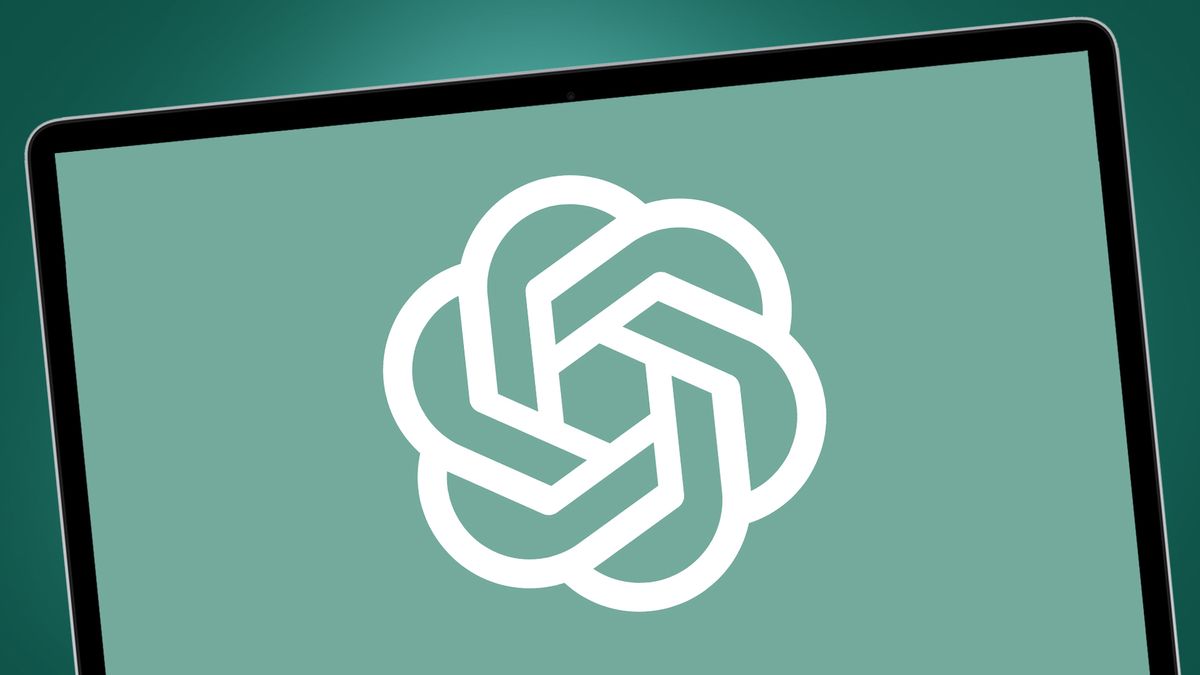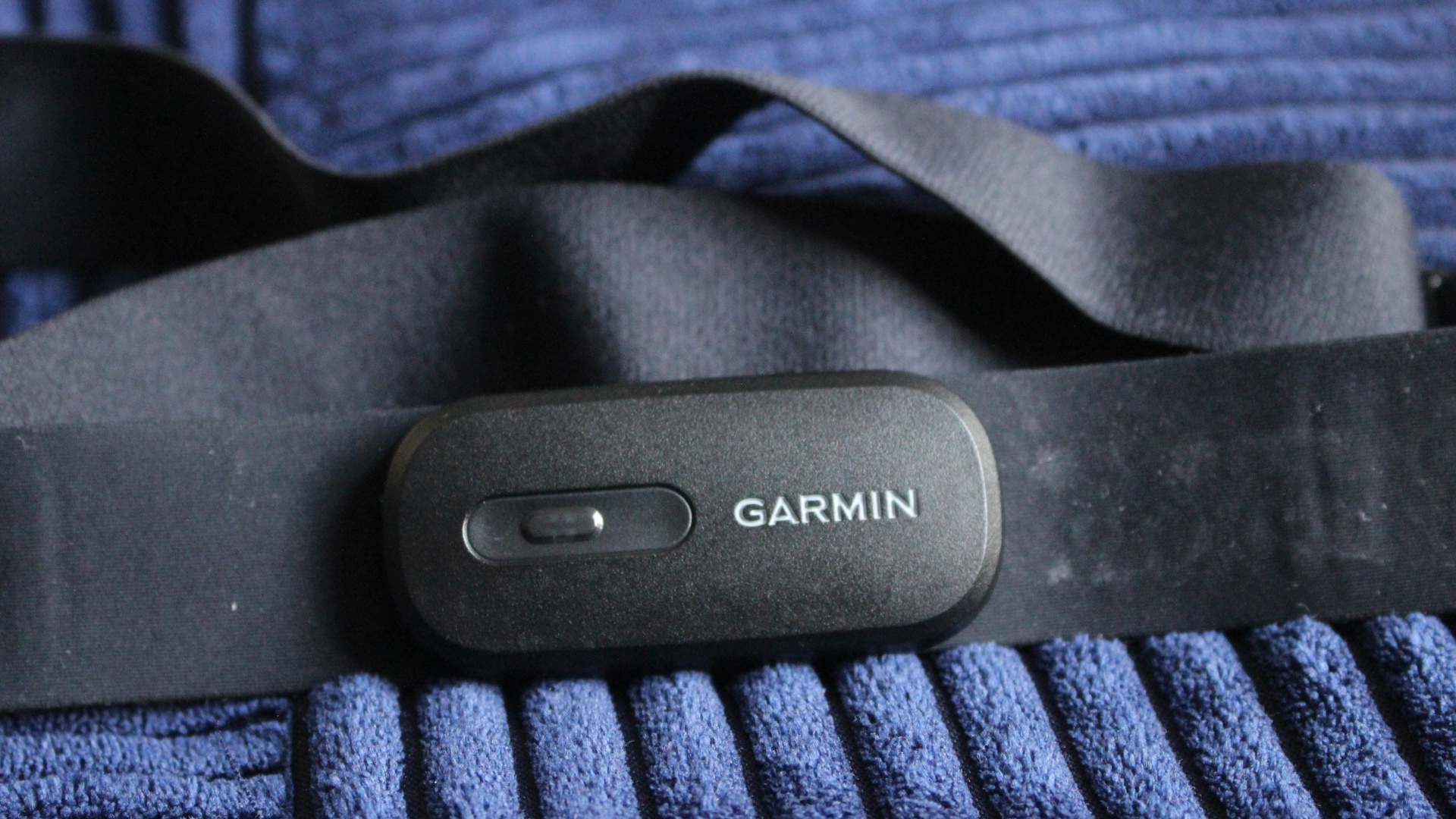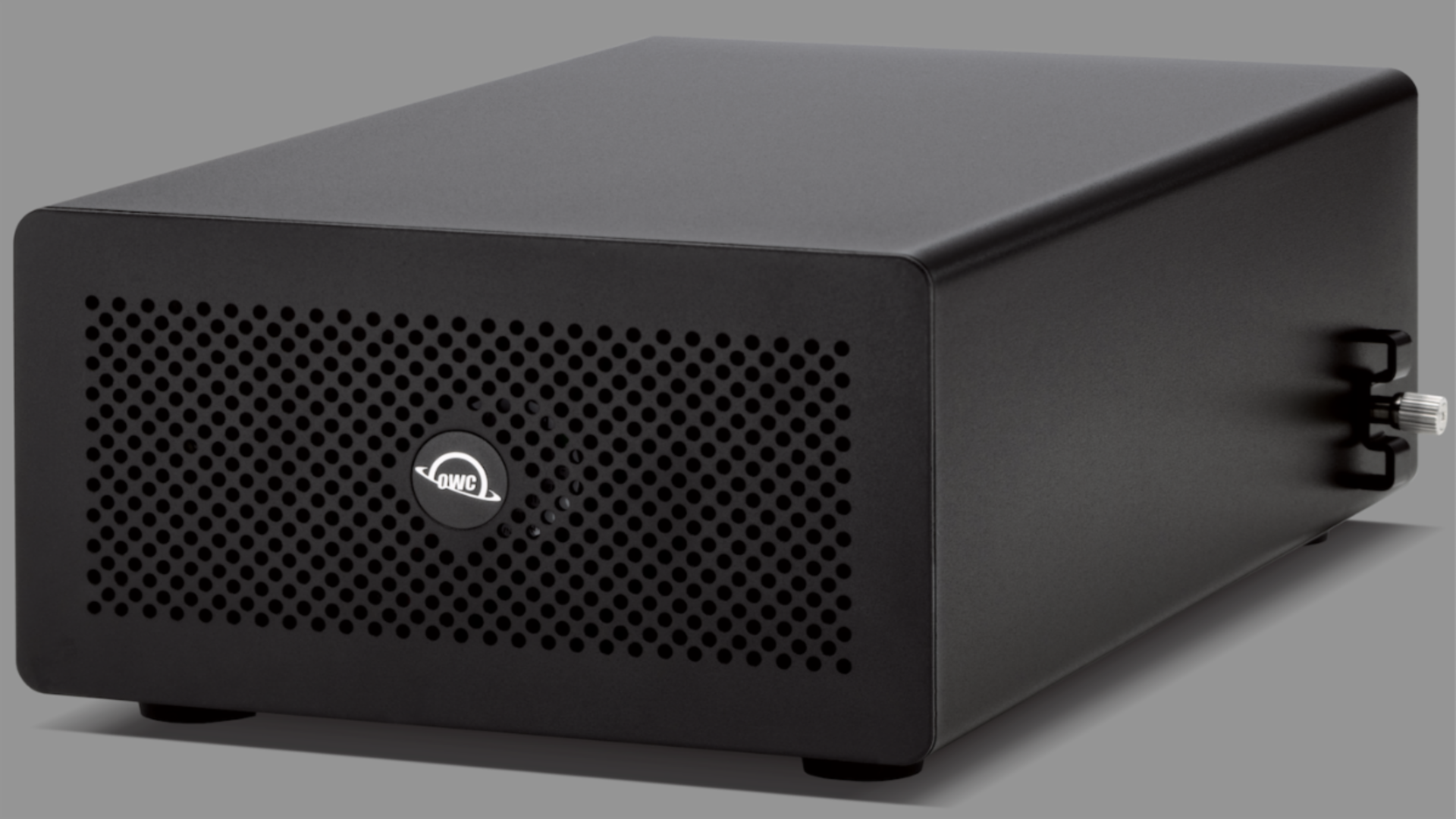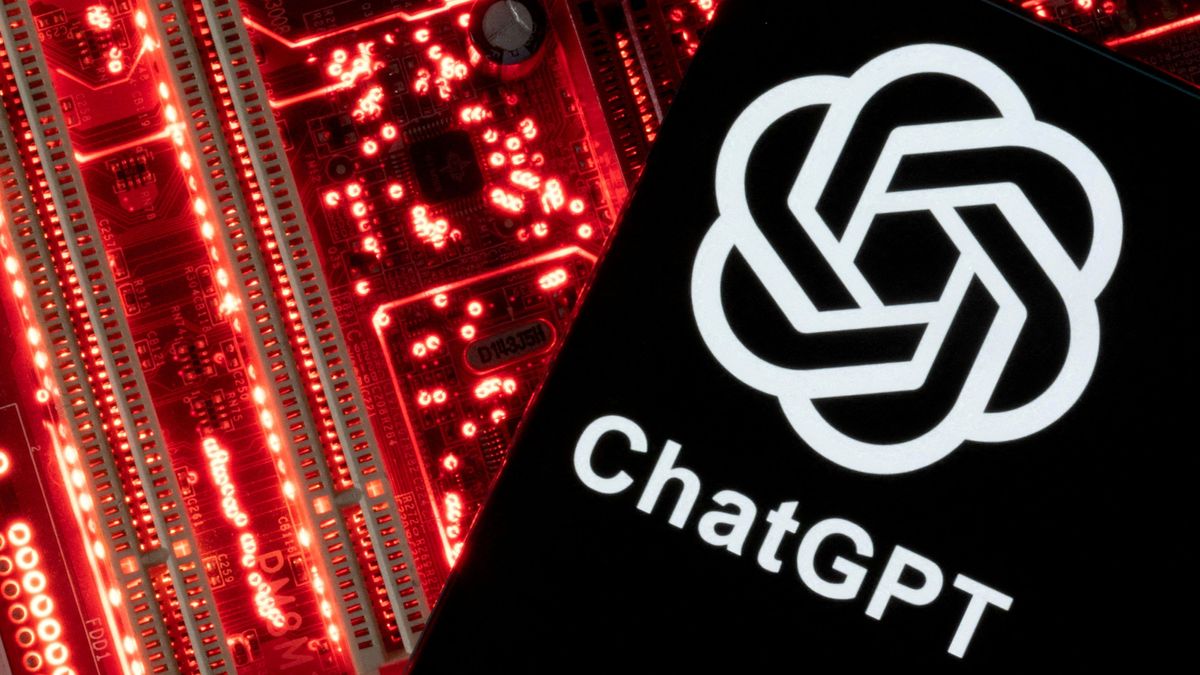Most of us are familiar with chatbots in customer service portals, government departments, and through services like Google Bard and OpenAI. They are convenient, easy to use, and always available, leading to their increasing use for a wide range of applications on the web.
Unfortunately, most current chatbots are limited due to their reliance on static training data. The data generated by these systems may become obsolete, limiting our ability to obtain real-time information for our queries. They also struggle with contextual understanding, inaccuracies, handling complex queries, and limited adaptability to our changing needs.
To overcome these problems, advanced techniques such as recovery augmented generation (RAG) have emerged. By leveraging various external information sources, including real-time data collected from the open web, RAG systems can augment their knowledge base in real time, providing more accurate and contextually relevant answers to user queries to improve their overall performance. and its adaptability.
Chatbots: challenges and limitations
Today's chatbots employ various technologies to handle training and inference tasks, including natural language processing (NLP) techniques, machine learning algorithms, neural networks, and frameworks such as TensorFlow or PyTorch. They rely on rule-based systems, sentiment analysis, and dialogue management modules to interpret user input, generate appropriate responses, and maintain the flow of the conversation.
However, as mentioned above, these chatbots face several challenges. Limited contextual understanding often results in generic or irrelevant responses because static training data sets may not capture the diversity of real-world conversations.
Additionally, without real-time data integration, chatbots can experience “hallucinations” and inaccuracies. They also struggle to handle complex queries that require deeper contextual understanding and lack adaptability to open knowledge, evolving trends, and user preferences.
Improving the chatbot experience with RAG
RAG combines generative AI with information retrieval from external sources on the open web. This approach significantly improves contextual understanding, accuracy, and relevance in AI models. Additionally, the information in the RAG system's knowledge base can be dynamically updated, making it highly adaptable and scalable.
RAG uses several technologies, which can be classified into different groups: frameworks and tools, semantic analysis, vector databases, similarity search, and privacy/security applications. Each of these components plays a crucial role in enabling RAG systems to effectively retrieve and generate contextually relevant information while maintaining privacy and security measures.
By leveraging a combination of these technologies, RAG systems can improve their capabilities to understand and respond to user queries accurately and efficiently, thereby facilitating more engaging and informative interactions.
The frameworks and associated tools provide a structured environment to efficiently develop and deploy recovery-augmented generation models. They offer pre-built modules and tools for data retrieval, model training, and inference, streamlining the development process and reducing deployment complexity.
Additionally, frameworks facilitate collaboration and standardization within the research community, allowing researchers to share models, reproduce results, and advance the field of RAG more quickly.
Some frameworks currently in use include:
- LangChain: A framework designed specifically for recovery-augmented generation (RAG) applications that integrates generative AI with data recovery techniques.
- LlamaIndex – A specialized tool built for RAG applications that facilitates efficient indexing and retrieval of information from a large number of knowledge sources.
- Weaviate – one of the most popular vector bases; It has a modular RAG application called Verba, which can integrate the database with generative AI models.
- Chroma – A tool that provides features such as client initialization, data storage, querying, and manipulation.
Vector databases for fast data recovery
Vector databases efficiently store high-dimensional vector representations of public web data, enabling rapid and scalable retrieval of relevant information. By organizing text data as vectors in a continuous vector space, vector databases facilitate semantic search and similarity comparisons, improving the accuracy and relevance of responses generated in RAG systems. Additionally, vector databases support dynamic updates and adaptability, allowing RAG models to continually integrate new information from the web and improve their knowledge base over time.
Some popular vector databases are Pinecone, Weaviate, Milvus, Neo4j, and Qdrant. They can process high-dimensional data for RAG systems that require complex vector operations.
Semantic analysis, search for similarities and security.
Semantic analysis and similarity allow RAG systems to understand the context of user queries and retrieve relevant information from large data sets. By analyzing the meaning and relationships between words and phrases, semantic analysis tools ensure that RAG applications generate contextually relevant responses. Similarly, similarity search algorithms are used to identify documents or pieces of data that would help LLM answer the query more accurately by providing broader context.
Semantic analysis and similarity search tools used in RAG systems include:
- Semantic Core: Provides advanced semantic analysis capabilities, helping to understand and process complex linguistic structures.
- FAISS (Facebook AI Similarity Search): A library developed by Facebook AI Research for efficient similarity search and high-dimensional vector clustering.
Last but not least, privacy and security tools are essential for RAG to protect sensitive user data and ensure trust in AI systems. By incorporating privacy-enhancing technologies such as encryption and access controls, RAG systems can safeguard user information during data retrieval and processing.
Additionally, robust security measures prevent unauthorized access or manipulation of RAG models and the data they handle, mitigating the risk of data breaches or misuse.
- Skyflow GPT Privacy Vault – Provides tools and mechanisms to ensure privacy and security in RAG applications.
- Javelin LLM Gateway – An enterprise-grade LLM that enables businesses to apply policy controls, comply with governance measures, and enforce comprehensive security measures. These include data leak prevention to ensure safe and compliant use of the model.
Embracing emerging technology in the chatbots of the future
The emerging technologies used by RAG systems mark a notable advance in the use of responsible AI, with the aim of significantly improving chatbot functionality. By seamlessly integrating web data generation and collection capabilities, RAG facilitates superior contextual understanding, real-time web data access, and response adaptability. This integration promises to revolutionize interactions with AI-powered systems, promising more intelligent, context-sensitive, and reliable experiences as RAG continues to evolve and refine its capabilities for AI chatbots.
We have the best help desk software.
This article was produced as part of TechRadarPro's Expert Insights channel, where we feature the best and brightest minds in today's tech industry. The views expressed here are those of the author and are not necessarily those of TechRadarPro or Future plc. If you are interested in contributing, find out more here:









